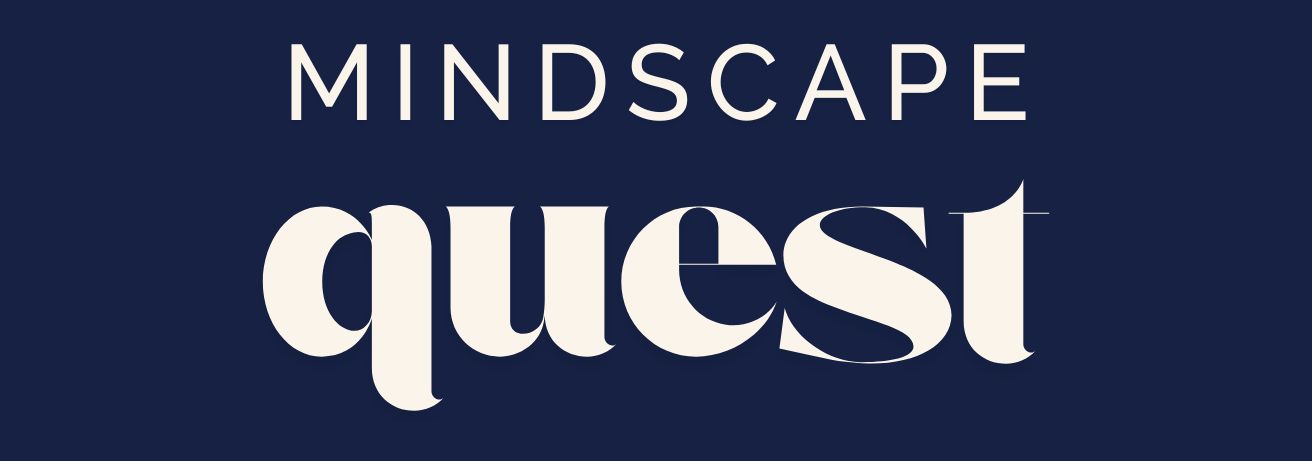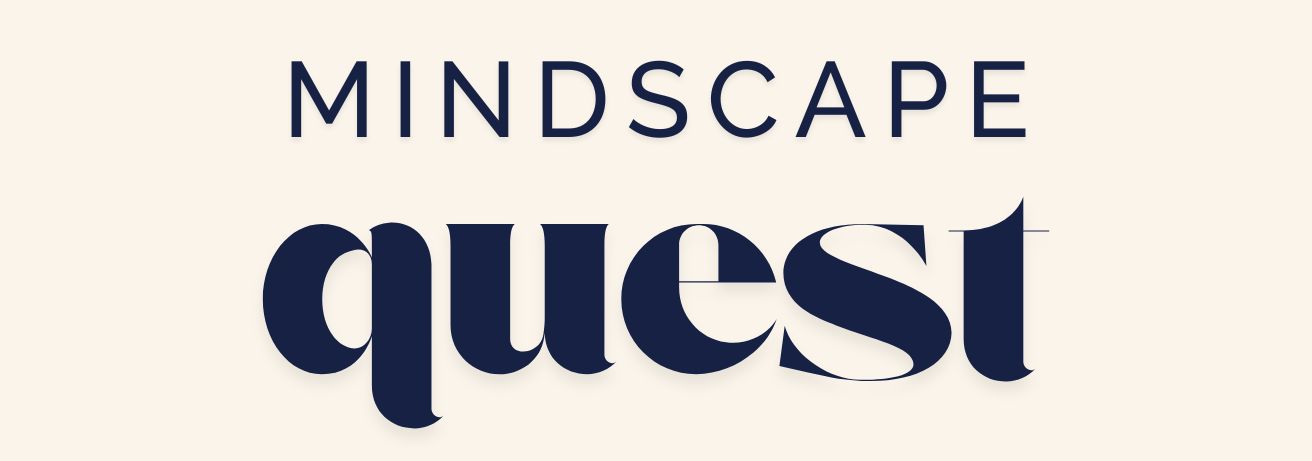Understanding Sciatica and Its Impact
Sciatica is a condition characterized by pain that radiates along the path of the sciatic nerve, which extends from the lower back through the hips and buttocks and down each leg. This discomfort can vary from a mild ache to a sharp, burning sensation, making everyday activities challenging. Understanding the root causes and symptoms of sciatica is crucial in managing and alleviating its effects.
The primary cause of sciatica is often a herniated disk or a bone spur on the spine that compresses part of the nerve. This compression leads to inflammation, pain, and often some numbness in the affected leg. While sciatica can be debilitating, it is important to note that most cases resolve with non-operative treatments in a few weeks.
Recognizing the symptoms early can aid in seeking timely treatment. Common symptoms include:
- Pain that radiates from the lower spine to the buttock and down the back of the leg.
- Discomfort that worsens with movement.
- Numbness or weakness in the affected leg or foot.
- A tingling sensation in the leg.
By understanding these symptoms, individuals can better communicate with healthcare providers to determine the most appropriate treatment plan.
Exploring Physical Therapy for Sciatica Relief
Physical therapy is a cornerstone in the management of sciatica pain. It focuses on strengthening the muscles around the spine, improving flexibility, and promoting overall body mechanics. A well-structured physical therapy program can significantly reduce pain and prevent future flare-ups.
Therapists often begin with a thorough assessment to tailor exercises that suit the individual’s specific needs. These exercises typically include:
- Stretching exercises to improve flexibility and relieve pressure on the sciatic nerve.
- Strengthening exercises targeting the core, glutes, and back muscles to support the spine.
- Aerobic exercises, such as walking or swimming, to enhance cardiovascular health and promote healing.
In addition to exercises, physical therapists may employ other techniques such as heat and ice therapy, ultrasound, or electrical stimulation to alleviate pain and inflammation. The goal is not only to relieve current symptoms but also to provide tools for managing and preventing future episodes.
By committing to a consistent physical therapy routine, many individuals find significant improvement in their symptoms, leading to a better quality of life.
Home Remedies and Lifestyle Changes
While professional treatments are essential, incorporating home remedies and lifestyle changes can enhance the management of sciatica pain. These approaches focus on reducing inflammation and promoting healing through everyday habits.
Some effective home remedies include:
- Applying heat or ice packs to the affected area to reduce inflammation and pain.
- Practicing gentle yoga or stretching exercises to maintain flexibility and relieve nerve tension.
- Ensuring proper posture while sitting and standing to avoid additional strain on the spine.
In addition to these remedies, lifestyle changes play a significant role in managing sciatica. Maintaining a healthy weight reduces pressure on the spine, while regular physical activity strengthens the muscles that support it. Moreover, quitting smoking and reducing stress through mindfulness or meditation can have positive effects on overall health and pain management.
Integrating these habits into daily life can lead to sustained relief and prevention of sciatica flare-ups.
Medical Interventions for Sciatica
For some individuals, sciatica pain may persist despite conservative treatments, necessitating medical interventions. These interventions are often recommended when pain is severe or when there is significant nerve compression.
Common medical treatments for sciatica include:
- Prescription medications such as anti-inflammatories, muscle relaxants, or nerve pain medications.
- Epidural steroid injections to reduce inflammation around the affected nerve.
- Surgical options, such as a microdiscectomy or laminectomy, to relieve nerve compression.
These treatments are typically considered when other methods have failed to provide relief, and they require careful consideration and discussion with a healthcare provider. The decision to pursue surgery is often based on the severity of symptoms and the impact on the individual’s quality of life.
Medical interventions, when necessary, can provide significant relief and help restore function, allowing individuals to return to their daily activities with less pain.
Conclusion: Embracing a Comprehensive Approach to Sciatica Relief
Dealing with sciatica can be challenging, but a comprehensive approach that combines various treatment strategies can offer effective relief. Understanding the condition, engaging in physical therapy, incorporating home remedies, and exploring medical interventions when needed are all part of a holistic plan for managing sciatica.
Each individual’s journey with sciatica is unique, and finding the right combination of treatments is key to alleviating symptoms and improving quality of life. By staying informed and proactive, those affected by sciatica can navigate their condition with confidence and hope for a more comfortable, active future.










